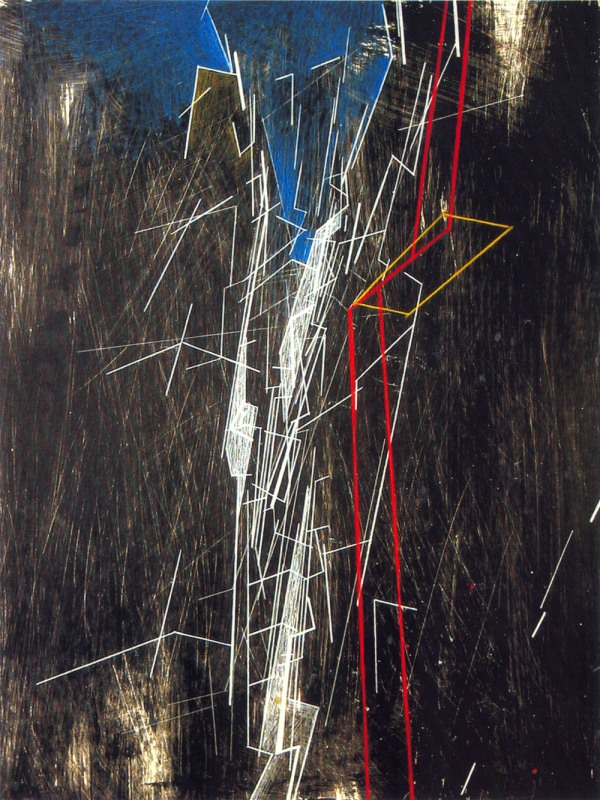LOCUS OF MEMORY
The building is called the World Center. It covers the former World Trade Center site and rises, for the present, to twice the height of the former WTC Towers. It remains perpetually under construction, and its ultimate height is not yet known. It is the tallest building in the world, and will, as it grows, always be the tallest building in the world. It is a symbol of regeneration and continual change. It is a project with a precise beginning—September 11, 2001—but no ending. Like the city, it has a finite history, but a future that can be defined only in terms of potential.
The World Center contains vast amounts of leasable office space, though at any one time much of it is empty. There are equal amounts of public and private housing, as well as shopping malls, commercial facilities, sports and recreational facilities, automobile parking, as well as several interlocking systems of vertical mass transit, which connect with the new Grand Central Station Downtown, which connects the site horizontally with the city and the region.
The main feature of the new structure is a vertical memorial park called The Ascent, which reconstitutes in various ways experiences issuing from 9/11.
There are four ways to make The Ascent.
The Pilgrimage (one month) is for the devout, and consists of traversing a difficult vertical path through a series of Stations, ordered by a narrative of the events and aftermath of 9/11.
The Quest (one week) is for the ambitious, and consists of a series of climbs up near-vertical faces, ledges, resting places and camps, ordered by a narrative of the events and aftermath of 9/11.
The Trip (two or three days) is for the vacationer, with or without family, and consists of a series of platforms, lifts, escalators, interactive displays, hotels, restaurants, vistas, and educational entertainment ordered by the story of 9/11, the histories of New York City, the skyscraper, and metropolitan life.
The Tour (half a day) is for day-tourists and consists of a rapid elevator ride to the summit of the park, with intermittent pauses at displays commemorating the events of 9/11 in the context of New York City history.
All the ways occupy the same spaces of The Ascent. They interact yet remain separate, even opposed.
At the top of The Ascent is The Summit, a community dedicated to reflection, study and contemplative action, all related, directly or indirectly, to the events of 9/11.
The Summit is a community made up of transients—pilgrims, climbers, vacationers, tourists, as well as workers in the World Center—who have made The Ascent, and of permanent residents—scholars, students, philosophers, artists, and others who have devoted themselves to the study of, reflection upon and production of works concerned with the causes, events, and effects of 9/11, which are understood to be far-reaching and wide-ranging. It is a community that crowns the World Center with a continuously evolving network of interior and exterior spaces and serves as a window into old, present and future worlds. At the same time, it is a community that brings together diverse social classes—a new egalitarian realm rising above the competitive tumult of the city below, a place where contentions can be informed by new perspectives and possibilities.
LW

Building section, showing part of The Ascent:

Perspective views of The Ascent:



Perspective view of The Summit:

Museum at The Summit:

Hudson River perspective, looking east:

About this entry
You’re currently reading “LOCUS OF MEMORY,” an entry on LEBBEUS WOODS
- Published:
- May 11, 2009 / 1:27 am
- Category:
- Lebbeus Woods
- Tags:
15 Comments
Jump to comment form | comment rss [?] | trackback uri [?]